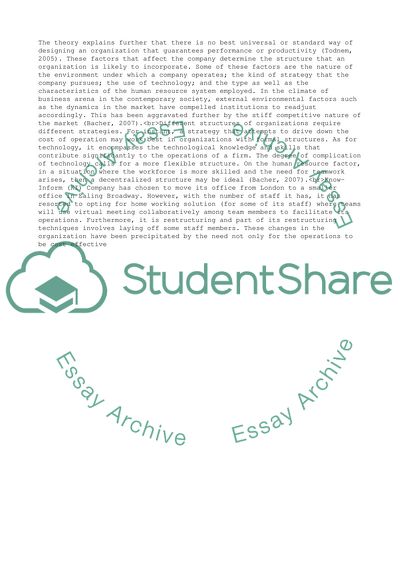Cite this document
(Change management Assignment Example | Topics and Well Written Essays - 2500 words - 1, n.d.)
Change management Assignment Example | Topics and Well Written Essays - 2500 words - 1. https://studentshare.org/management/1863585-change-management
Change management Assignment Example | Topics and Well Written Essays - 2500 words - 1. https://studentshare.org/management/1863585-change-management
(Change Management Assignment Example | Topics and Well Written Essays - 2500 Words - 1)
Change Management Assignment Example | Topics and Well Written Essays - 2500 Words - 1. https://studentshare.org/management/1863585-change-management.
Change Management Assignment Example | Topics and Well Written Essays - 2500 Words - 1. https://studentshare.org/management/1863585-change-management.
“Change Management Assignment Example | Topics and Well Written Essays - 2500 Words - 1”. https://studentshare.org/management/1863585-change-management.


